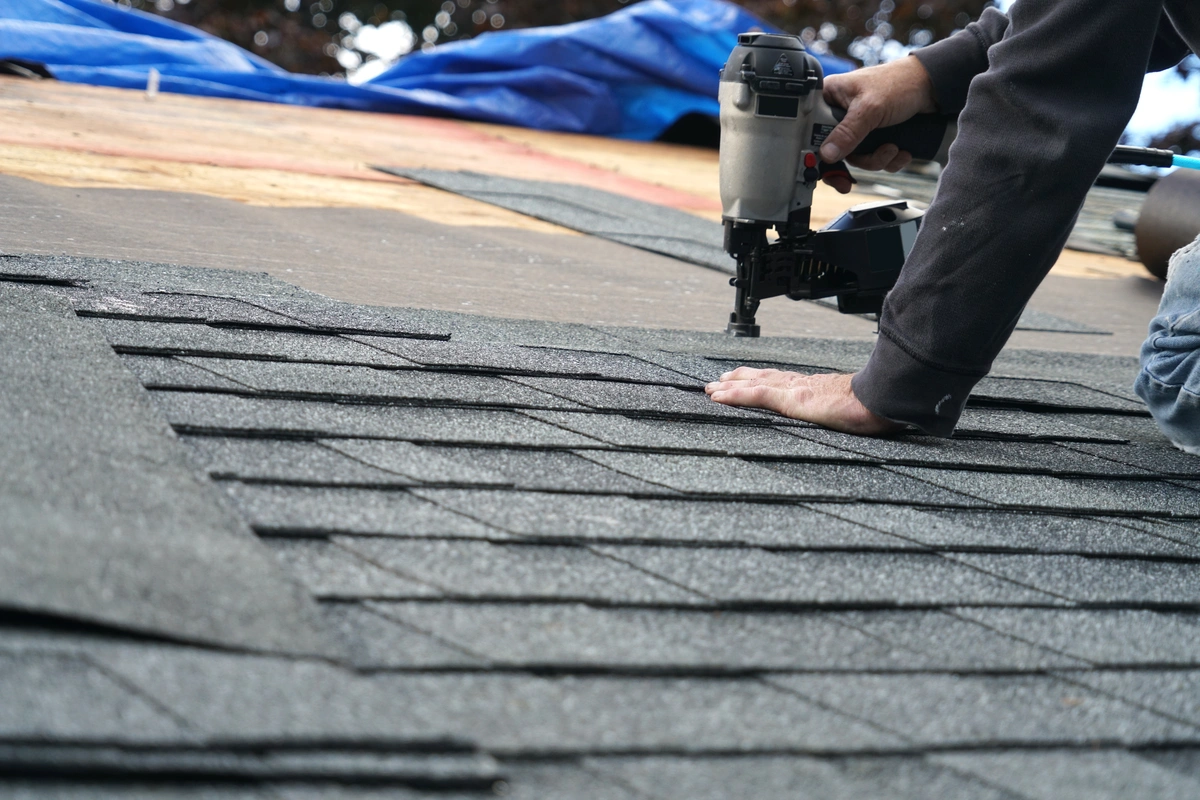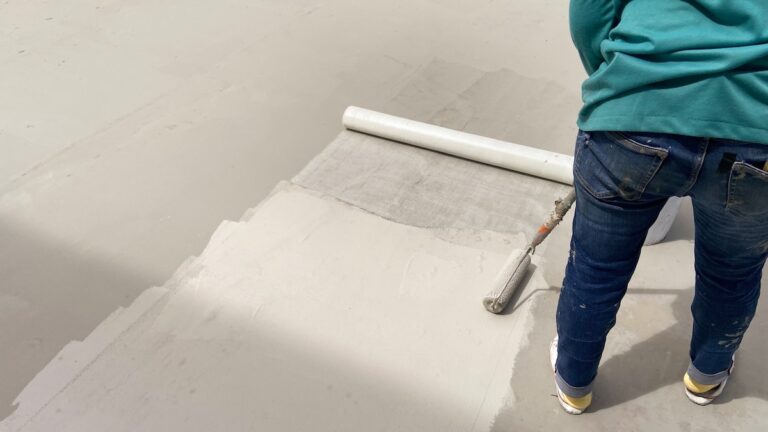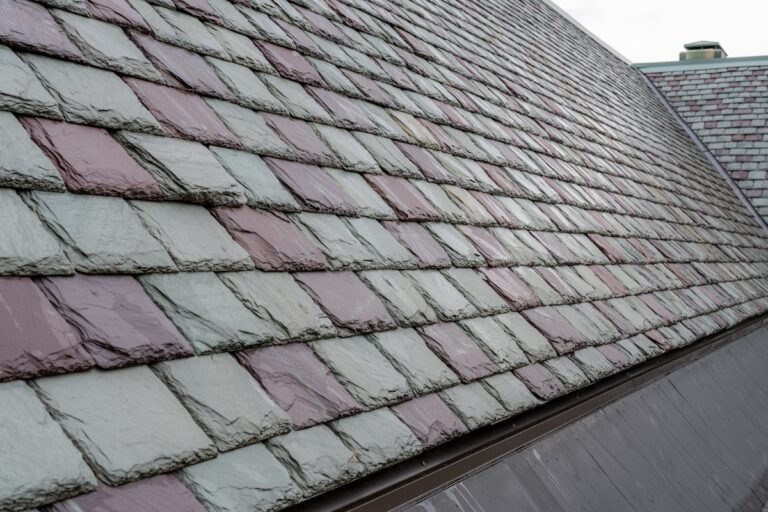The average roof is designed to last for approximately 25 years. However, severe storms can still cause significant damage, requiring extensive repairs or an early replacement.
The most important thing you can do when a storm wreaks havoc on your roof is to have your roof inspected immediately and start the insurance claims process. Of course, that’s easier said than done, as homeowners insurance companies are notorious for paying out as little as possible — or not at all.
That’s why we’re providing you with the top seven tips for filing storm damage insurance claims for the best possible outcome. Keep reading to learn more.
7 Essential Tips For Filing Storm Damage Insurance Claims
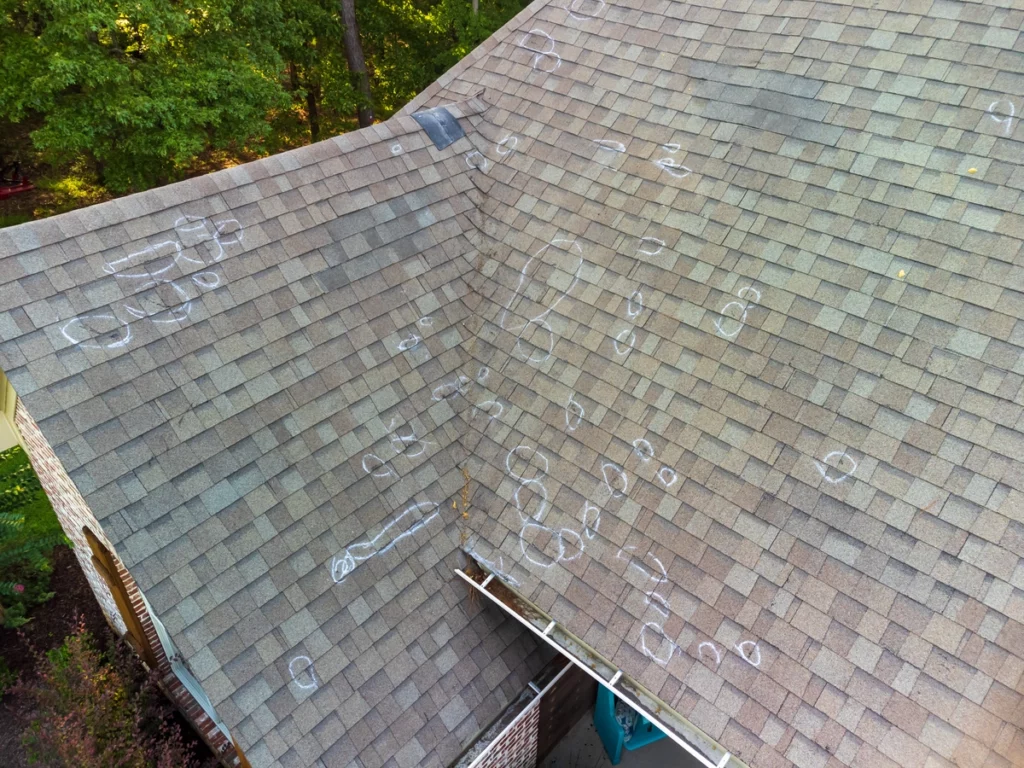
Knowing what to do after the first sign of storm damage can be difficult, especially since most homeowners aren’t necessarily roofing experts. You may not know what to look for or what you’re looking at when you find it, but as long as you follow these seven tips, you’ll be able to present your homeowners insurance company with a strong case.
1. Review Your Policy
Some of the best advice any roofing company can give you when it comes to your homeowners insurance is to get a thorough understanding of your exact policy and what it covers. Therefore, the first thing you want to do is review your current insurance policy to see what it includes regarding roof storm damage and your coverage limits.
Generally speaking, most insurance policies will cover damage from:
- Wind and hail damage
- Fire
- Lightning
- Ice, sleet, and snow
- Falling objects, such as tree branches
- Vandalism
- Aircrafts
Be sure to make note of the most relevant details and questions you have because you’ll want to get in touch with an insurance agent to verify these details. Be sure to take note of their name as well.
2. Take a Look at the Roof Damage Yourself
As the homeowner, it’s essential to take a look at the damage yourself. The major signs of storm roof damage include:
- Cracked, broken, fractured, or curled shingles
- Missing shingles
- Missing granules (which usually turn up in gutters and downspouts)
- Dents and holes
- Large object or debris — which can be an indicator of damage you can’t see
You’ll also want to look around inside your home, specifically top-floor ceilings and walls, for leaks and water stains.
It’s important to mention that no professional roofer would recommend that you climb on top of your own roof and walk around, especially after a bad storm. Therefore, you’ll want to look for potential damage from the ground up.
3. Take Clear Photos as Proof
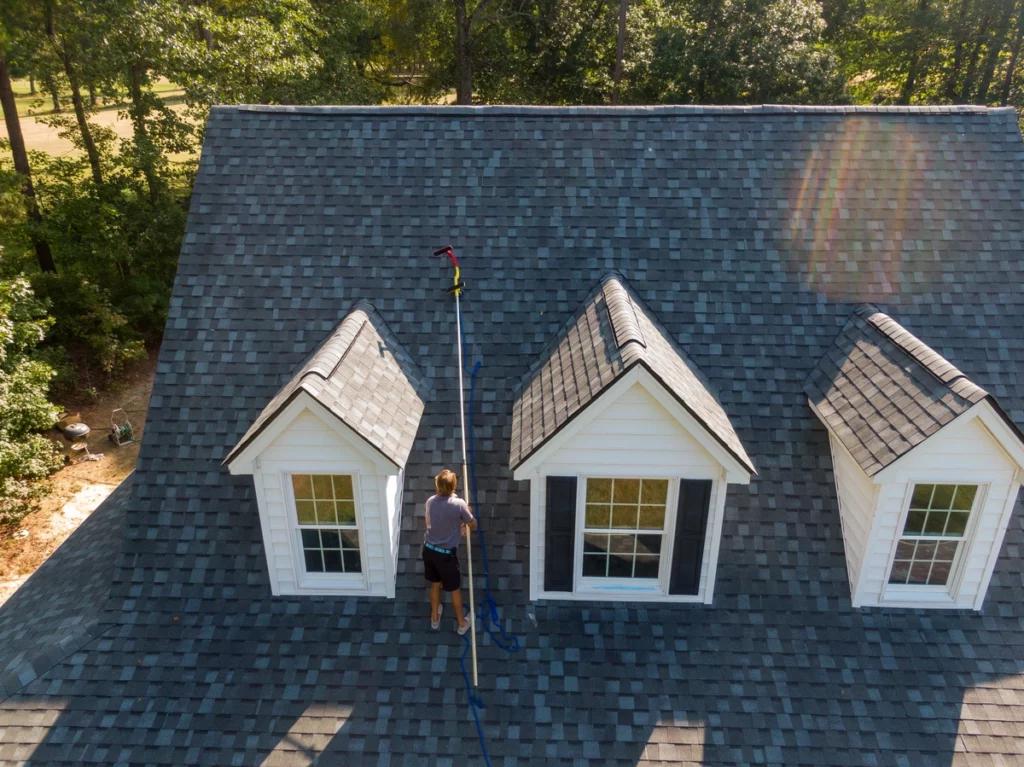
If you notice obvious signs of damage, you’ll want to take as many clear photos as possible. This includes whatever you see on your roof, ceilings, walls, and even in your gutters and downspouts. This is incredibly important because it may take a few days to get a professional roofer to come to your home for an inspection — and even longer for the insurance claims adjuster.
It’s also a good idea to take photos of your roof before the storm hits, with date and time stamps, as it bolsters your proof of the damage having been directly caused by the recent storm.
4. Call A Reliable Roofing Company Right Away
Most roofing companies offer emergency services or will schedule inspections for storm roof damage within 24-48 hours. It’s imperative that you make the call immediately so they can get out to you quickly to properly evaluate your roof and write up a detailed report for your homeowners insurance company.
More importantly, you don’t want to call just any roofer. You want to make sure you get in touch with a roofing company that:
- Has a significant amount of industry experience
- Is licensed and insured
- Has an excellent reputation, which you can verify by reading through its testimonials and Google reviews
- Specializes in storm damage and can provide you with insurance claim support
Don’t trust anyone that knocks on your door to offer their “services.” These are usually scam artists known as “storm chasers.” These people like to use scare tactics to get you to sign a contract and hand over your money quickly, but they’ll either do a poor job or disappear completely.
5. Fill The Claim Out Correctly
It’s also important that you take the time to make sure you not only file the right claim but fill it out correctly. Speak with an insurance agent to ensure you get the proper claims form and know how to submit it.
From there, you’ll need to fill it out in detail according to the written report provided by your roofing contractor. Don’t forget to:
- Include your before and after photos (if applicable)
- Include the photos your roofer provided you with
- Attach a copy of the actual report provided by your roofer
6. Have Your Roofer Meet the Insurance Adjuster

Once your insurance claim is filed, an adjuster will be scheduled to come and assess the damages to validate the claim. It’s important to understand that adjusters are not professional roofers, and they’re appointed to work in the insurance company’s best interest — not yours.
Therefore, it’s essential that you schedule an appointment with your roofing contractor to meet with the adjuster. This way, they can point out any mistakes that the adjuster makes and go over the report with them in person to encourage a favorable outcome for you.
7. Be Prepared to File a Claims Appeal
Working with your insurance company can be challenging since they don’t exactly like to payout high amounts. The insurance adjuster can deny your claim for any reason, regardless of what your roofing contractor says. So, it’s recommended that you have a backup plan that includes requesting a second adjuster or even hiring a public adjuster.
While this may be one of the more extreme cases, it does happen. Make sure you know what your legal options are should your storm damage insurance claim be denied without a valid reason.
Are You Experiencing Roof Storm Damage?
If your home has recently incurred roof damage due to a storm, you’ll need to have it taken care of as soon as possible. Otherwise, you could end up with even more expensive and dangerous structural damage.
Storm damage insurance claims can take a while to process, so the best thing you can do is follow the advice of the experts. At Johnson Restoration, we provide quick storm damage services as well as insurance claim support so you don’t have to deal with your homeowners insurance company alone. Contact us after the next storm for emergency roofing services and more!
